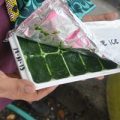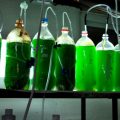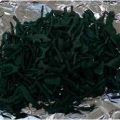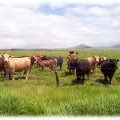In the future, the microalgae are likely to be part of one’s survival kit. These microscopic organisms are big storehouses of many of man’s vital needs — food, feed, fertilizer, and fuel.
Thus, global demand for microalgal products has spurred a multibillion algal industry, estimated to be worth at least US$ 1.25 billion annually. In the Philippines, about 60 species of microalgae had already been screened for food/aquaculture.
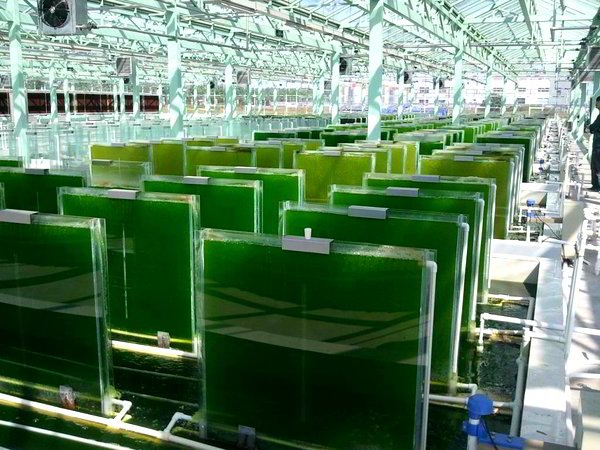
With this development, plans are underway for the microalgae through the Algae Research and Commercialization Master Plan. The five-year plan is a roadmap for developing commercial uses for Philippine strains of microalgae.
One of the plan’s pathways leads to development of microalgae as aquafeeds. This year, the Philippine Agriculture, Aquatic and Natural Resources Research and Development (PCAARRD) released P10 million to start off the National Aquafeeds Research and Development Program.
The University of the Philippines (UP) Los Baños and UP in the Visayas are working with the Bohol Island State University to develop feed formulations using microalgae, seaweeds and seaweed by-products, and water hyacinth as possible protein sources.
The feeds will come in various forms, namely: algal paste, nutrient concentrates, and as floating and sinking pellets. These will be field-tested on milkfish, shrimps, and tilapia.
A village-level feed mill prototype will also be built in Bohol to pilot-test small–scale commercial feed production.
Moreover, through the algae masterplan, the country is in a bid to develop at least five local strains of microalgae as shareholders of the world market for algal products. These are Chlorella vulgaris , Isochrysis, Nannochloropsis spp., Tetraselmis spp., and Spirulina platensis.
Other than feed development, the algae masterplan will direct algal research towards germplasm collection, preservation and maintenance, processing, and value-adding for production of bioactive compounds, nutraceuticals and functional food, nanomaterials, crop protectants and algal polysaccharides; and development of high-rate algal production systems including design and local fabrication of photobioreactors.
The Congressional Committee on Science, Technology and Engineering (COMSTE) has identified the masterplan as one of the six Science and Technology (S&T) Innovation Clusters.
The S&T innovation cluster concept involves strategic alliances among academic institutions, research consortia, private and foreign companies, and government funding institutions to deliver technologies that would fuel fledging industries towards global competitiveness.
Incidentally, the Algae Research and Commercialization Master Plan is being coordinated by PCAARRD with COMSTE, Department of Agriculture-Bureau of Agricultural Research, Commission on Higher Education, and the Department of Science and Technology.
